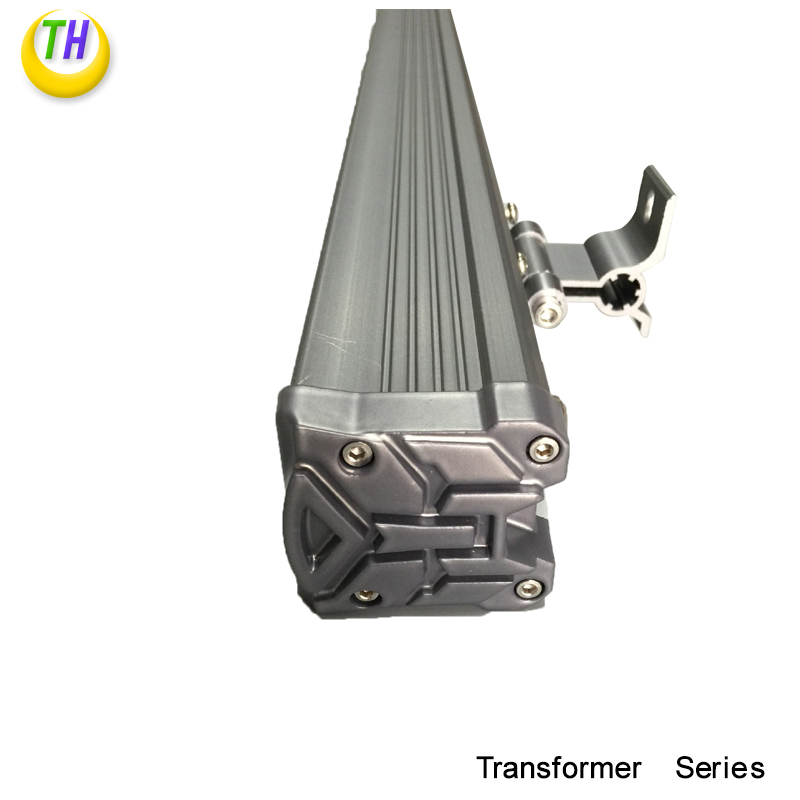Electrical safety requirements
- 2020-12-15
- Views:0
Electrical safety requirements
(Summary description)
- Categories:NEWS
- Author:
- Origin:
- 2020-12-15
- Views:0
(1) Safety requirements of power supply structure
Space requirements
UL, CSA, AND VDE safety specifications emphasize surface and space distance requirements between live parts and between live parts and non-live metal parts.
Requirements of UL and CSA: 0.1 cymho shall be required between high-voltage conductors with an interelectrode voltage of 250VAC or greater, and between high-voltage conductors and non-charged metal parts (not including conductors here), whether on the surface or in the space; VDE requires 3mm creep or 2mm clearance between ac lines; IEC requirements: 3mm clearance between ac lines and 4mm clearance between ac lines and ground conductors. In addition, VDE and IEC require at least 8mm space between the output and input of the power supply.
Dielectric test method
High voltage: between input and output, input and ground, input AC.
Leakage current measurement
Leakage current is the current flowing through the input side of the ground, in the switching power supply is mainly through the noise filter of the bypass capacitor leakage current. UL, CSA requirements exposed not charged metal parts should be into the earth, is through the part with the earth leakage current measurement of indirect Ω resistance, a 1.5 k is greater than 5 mm in its leakage current should not mA.
VDE allows for 1.5 k Ω NPF capacitance and resistance and 150, and use 1.06 times the rated voltage applied, the data processing equipment, leakage current should be no greater than 3.5 mA, usually about 1 mA.
Insulation resistance test
VDE requirements: between the input and output low voltage circuit should be 7 m Ω resistance, in can come into contact with the metal part and between input, should be 2 m Ω resistance or add 500 v dc voltage for 1 min.
Printed circuit board
UL certified 94V-2 materials or better are required.
(2) Safety requirements for power transformer structure
Insulation of transformer
The copper wire used in the winding of the transformer shall be enameled wire, and the other metal parts shall be coated with porcelain, lacquer and other insulating materials.
The dielectric strength of the transformer
In the experiment, the insulation layer should not break and the phenomenon of flying arc should not occur.
Insulation resistance of transformer
Transformer winding for at least 10 m Ω, insulation resistance between the winding and core, skeleton, and applying the 500 v dc voltage, shield last 1 min, should not appear breakdown, flashover phenomenon.
Transformer humidity resistance
Transformer must be placed in a humid environment, immediately after the insulation resistance and dielectric strength test, and meet the requirements. The humidity environment is generally: relative humidity is 92%(tolerance is 2%), the temperature is stable between 20℃ and 30℃, the error is allowed 1%, should be placed in at least 48h, immediately after the above experiment. At this point, the temperature of the transformer itself should not be 4℃ higher than that tested before entering the humid environment.
VDE requirements for transformer temperature characteristics.
UL, CSA requirements for transformer temperature characteristics.

www.tonghuilighting.cn
joe@tonghuilighting.cn
wechat: 0086-15318714647
Scan the QR code to read on your phone

E-mail: info@tonghuilighting.cn
ADD: No. 1, Guiding Road, Licang District, Qingdao, Shandong, China
Tel: +86-532-80928966 +86-532-80925662


